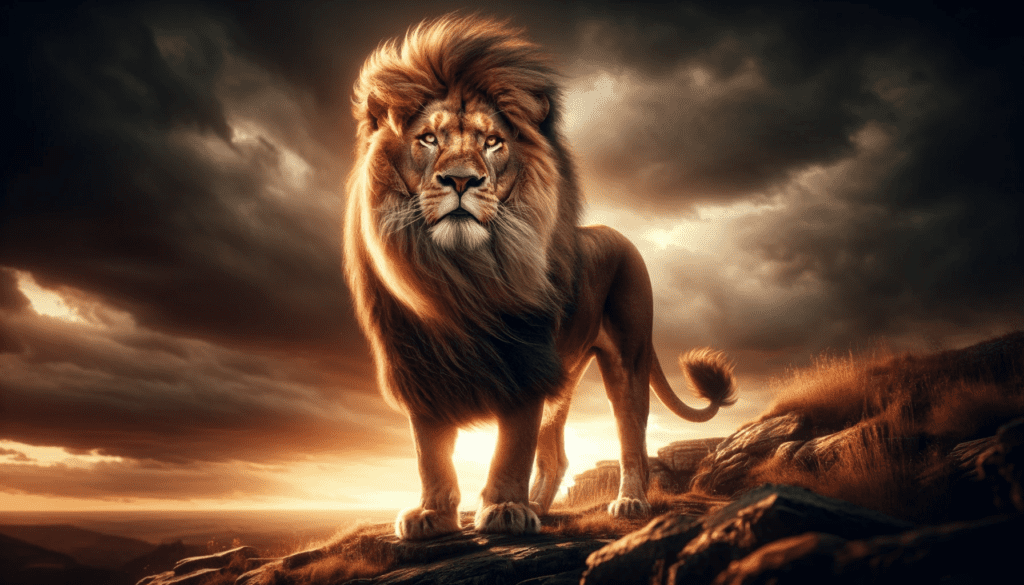
The Glorious Lion: Evolution Through the Ages
Lions, often considered the “kings of the jungle,” are not only icons of strength and courage but also key figures in the natural ecosystem. This blog explores the lion’s deep history, ecological role and cultural impact through the ages.
The Deep History of the Lion
Recent fossil finds suggest that the lion’s earliest ancestors may date back as far as 3.6 million years, although the modern lion (Panthera leo) found its form about 1.2 million years ago. Originally, lions were spread across large parts of Africa, Eurasia and even the Americas.
Evolution and Diffusion of the Lion
Over the millennia, climate change and human activities have significantly reduced the lion’s habitat. Today, lions are mainly found in Sub-Saharan Africa, with a small population (the Asiatic lion) in the Gir Forest in India.
The African vs. Asian Lion
There are two main sub-species of lions: the larger and more widespread African lion and the Asiatic lion, which is now an endangered species in its limited habitat.
The Ecological Role of the Lion
As top predators, lions are vital to maintaining the balance of their ecosystem. They regulate herbivore populations, which has a cascading effect on biodiversity and vegetation.
Lions as Key Types
Their predation behavior affects the population dynamics of a wide range of species, highlighting their role as a key species in their habitat.
Cultural and Historical Significance of the Lion
Over the centuries, lions have played a symbolic role in many cultures, often associated with power, strength and nobility. This symbolism is deeply rooted in art, mythology and even in national flags and coats of arms.
The Lion in Art and Mythology
In ancient Egypt, lions were revered as sentinels and symbols of divine power. In Europe, they symbolized courage and royalty, an image still found in modern heraldry and literature.
The Lion in the Modern Age
In contemporary culture, lions remain iconic figures. They are popular not only in media and entertainment, such as movies and books, but also in conservation awareness, with their protection receiving increasing attention due to their declining populations.
Conclusion
The lion, with its impressive history, ecological significance and cultural impact, remains one of the most fascinating and respected animals on our planet. Conservation of these majestic animals is important not only for biodiversity, but also for preserving our own cultural and natural heritage.
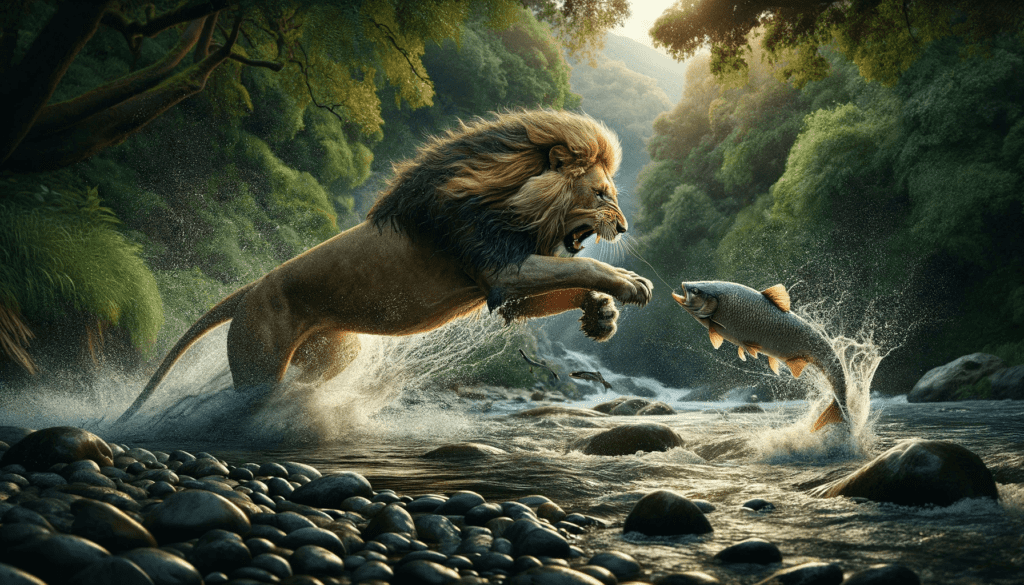
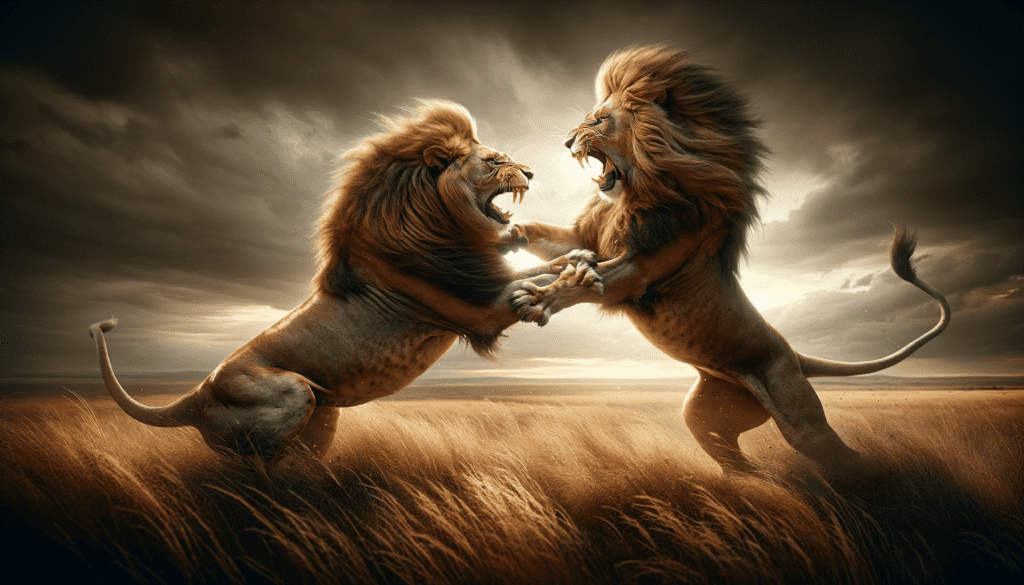
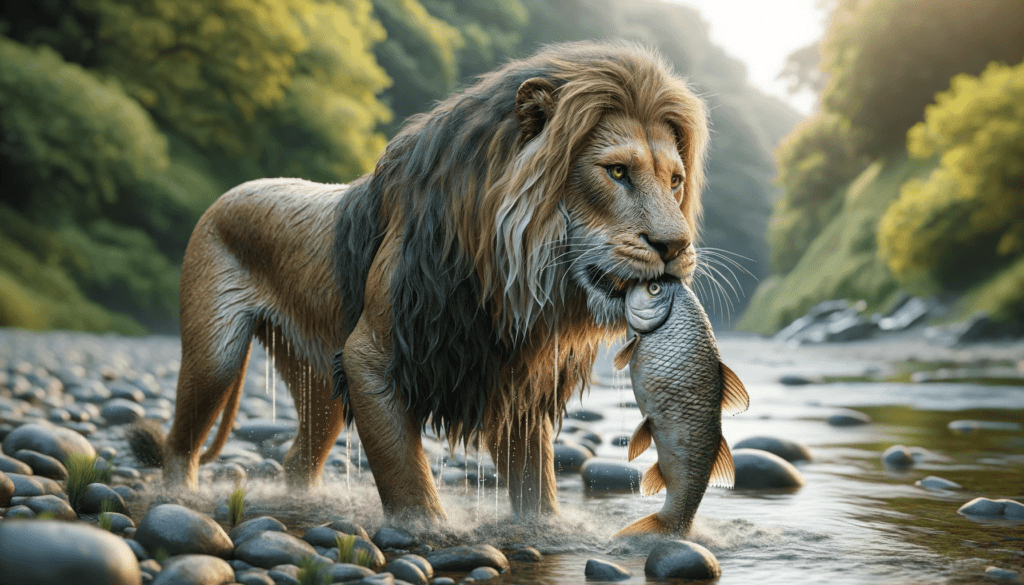
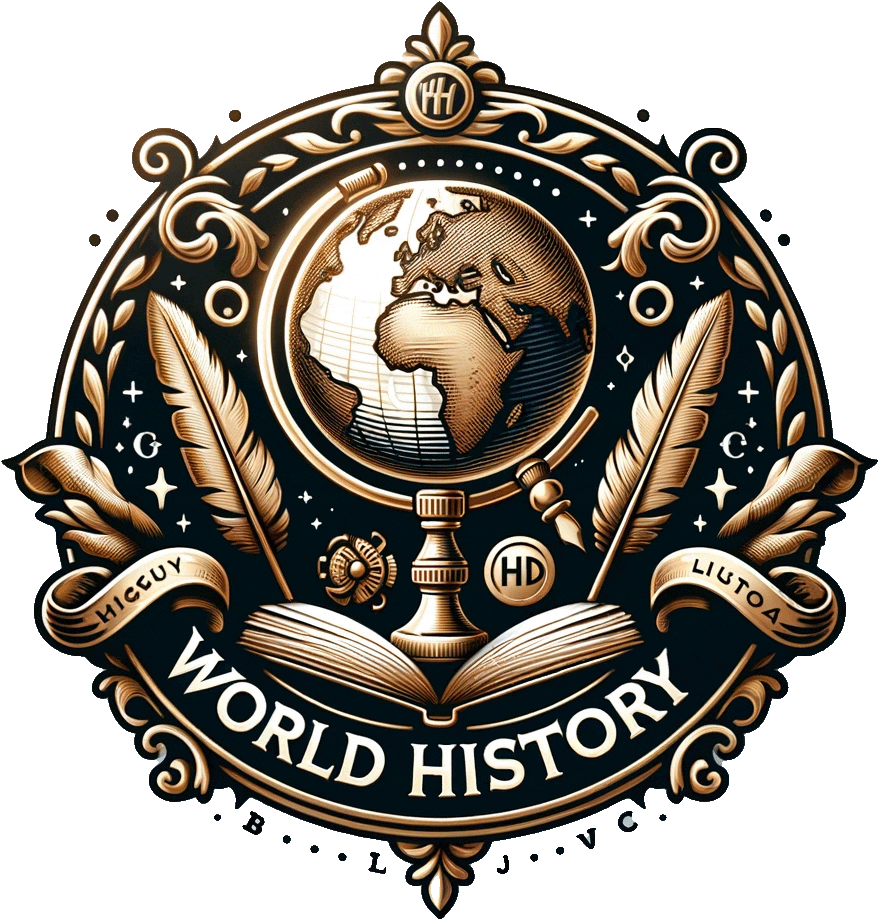
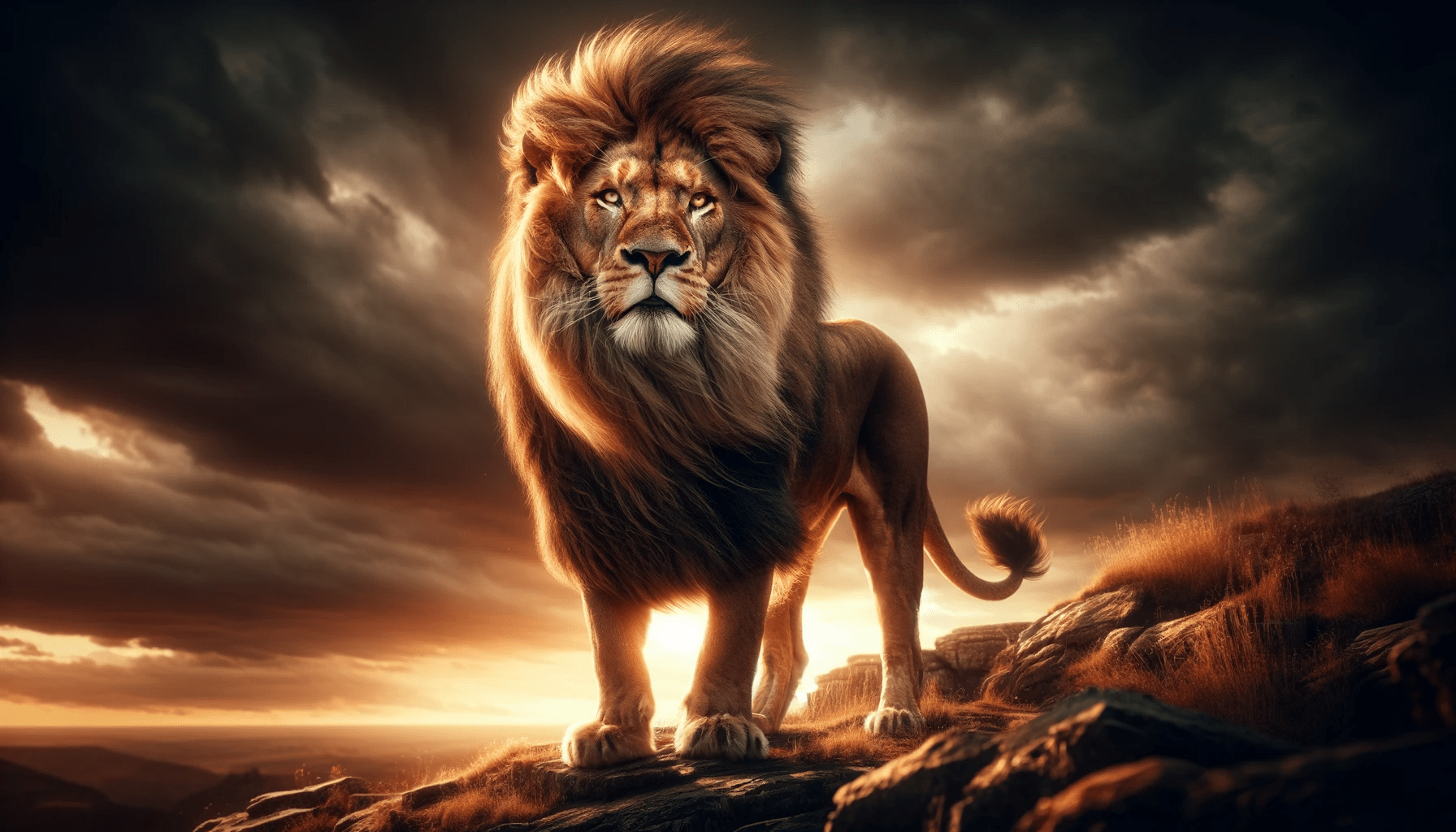
Leave a Reply